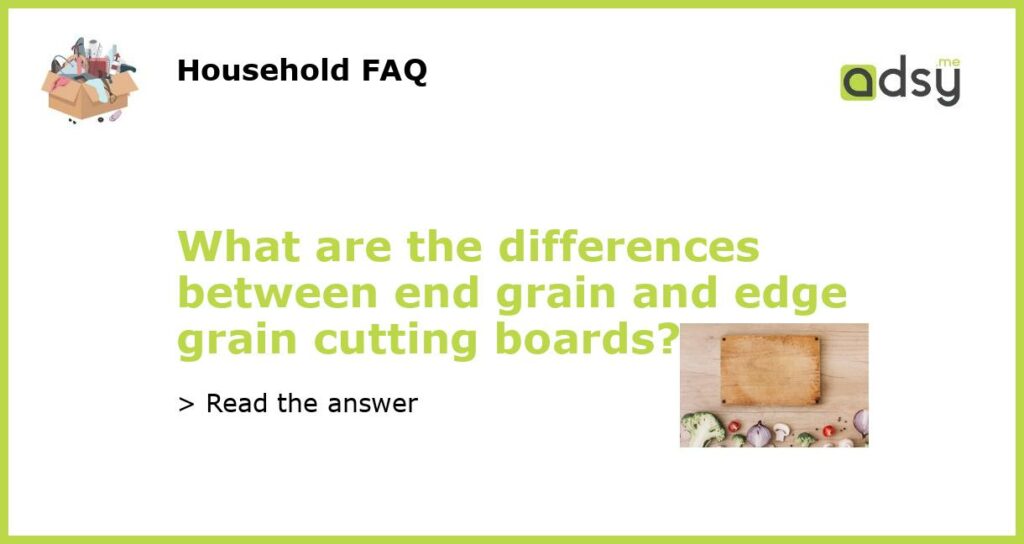Cutting boards are a kitchen staple, and many people are not aware of the differences between end-grain and edge-grain cutting boards. Both wood cutting board types have their advantages and disadvantages, and ultimately, it comes down to personal preference. In this article, we will dive into the differences and help you decide which is the best cutting board for your kitchen.
End Grain Cutting Boards
End Grain Cutting Boards are made by joining wood blocks to create a checkerboard pattern. They are more durable and can withstand pressure and chopping, making them ideal for commercial and home use. Due to the wood’s porous nature, end-grain boards seal more tightly around the knife’s edge, which means less damage to the blade over time. They are also less prone to warping and splitting than edge-grain cutting boards. However, end-grain cutting boards can be more difficult to maintain and clean as they have many small crevices.
Edge Grain Cutting Boards
Edge grain cutting boards are made by fusing wood pieces together in a long-grain orientation. They are durable and can last a long time if cared for properly. These cutting boards are easier to maintain and clean than end-grain boards, making them popular in home kitchens. One of the significant advantages is that they tend to have a uniform surface, making them perfect for slicing and chopping vegetables or any meat products.
Differences
The main difference between the two types of cutting boards has to do with the orientation of the wood grain. While end-grain cutting boards are made by joining wood blocks in a checkerboard pattern, edge-grain cutting boards are made by fusing wood pieces together in a long-grain orientation. While end-grain cutting boards tend to look decorative and unique, edge-grain cutting boards have a uniform surface, making them popular for preparing food.
Ultimately, the choice between an end-grain or edge-grain cutting board is down to personal preference. If you are looking for a cutting board that can withstand tough tasks and cutting challenges, then end-grain boards are what you need. On the other hand, if you are looking for a low-maintenance board that is ideal for slicing and chopping veggies and meat, then an edge-grain board may be the best option. It’s important to do your research and choose the cutting board that suits your kitchen and your needs.






